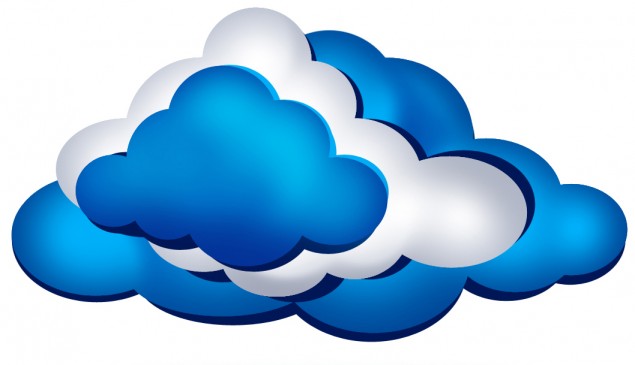Highlights of Contents
Competition Heats Up
Last week, Google announced the availability of their Compute Engine to all customers, not just paid subscribers. Among the features included in the engine are sub-hour billing charges, advanced routing and disk support for up to ten terabytes per volume. This latest development presents the first real challenge to Amazon’s successful web services.
According to the head of Google’s cloud platform, what makes their service stand out is the fact that “Our worldwide data centres are managed by ourselves and we run all services on our own data infrastructure.” Other companies have to make use of data centres in different countries due to compliance issues, which can then lead to time delays in data transfer.
The Amazon Success Story
Amazon’s web services offer both infrastructure and application capabilities, that essentially allow a business to run everything from their large data projects to mobile games on the cloud computing platform. The key to the retail giant’s success is their high volume, low margin philosophy, an unheard of motto in the technology industry. Since the Amazon Web Services was launched, prices have been cut 31 times, forcing competitors to follow suit.
“It will be extremely hard for most companies to drive to the cost structure Amazon has and will continue to improve upon,” says Adam Selipsky, vice president of marketing and product management at Amazon. True to form, the company executives work at desks made from old doors, a visual reminder of their high volume, low margin ethos.

Another plus for Amazon is that its range of web services far exceeds those of its competitors. Services unique to the company include data warehousing, managed search, application management, long-term cold storage, in-memory caching, performance monitoring and cloud cost analysis, among others.
Microsoft’s Movements
Meanwhile, Microsoft Azure is spreading its global reach, with the announcement that it will be opening two new data centres in Australia. The centres will offer both platform as a service and infrastructure as a service to customers, providing them with a multitude of cloud computing options. The two data centres will also be geo-redundant – this means that clients in Australia will be able to back up their data in two separate locations within the country.
Microsoft also released statistics at the end of last month regarding the performance of its cloud service. Subscriptions went up 48% in the past half year, and generated over one billion dollars in annual revenue. The company recently added a number of updates to its Azure cloud platform, including support for Hadoop, Windows Phone 7.5, Dropbox, Mercurial and PhoneGap.
Future Forecast
Of course, these are just the big three. There are plenty of small businesses and start-ups ready to challenge the heavyweights and establish their own foothold in the market. This is, of course, good news for consumers. Lack of a monopoly means more competitive prices for customers. With a citrix virtual desktop, email hosting, online storage and plenty of other applications, cloud technology has never been so simple or so accessible.